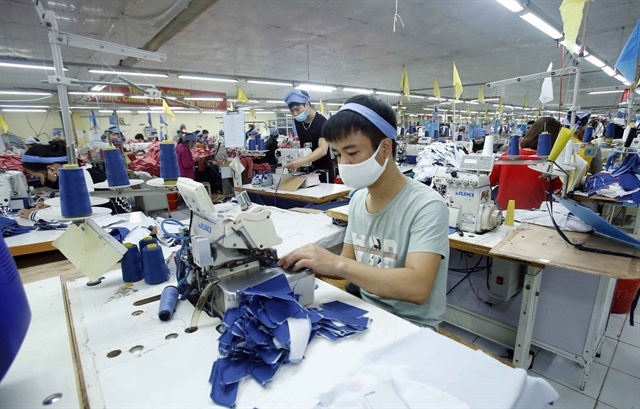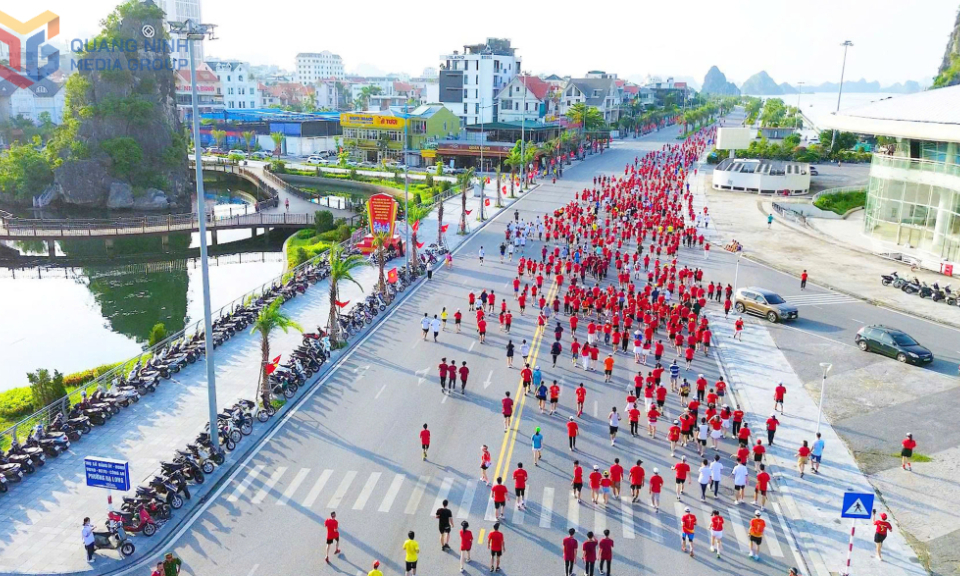VN manufacturing output returns to growth as pandemic situation improves
An improvement in the public health situation and subsequent easing of restrictions helped the Vietnamese manufacturing sector return to growth during October.
IHS Markit’s latest survey released on Monday showed the Vietnam Manufacturing Purchasing Managers' Index (PMI) posted back above the 50.0 no-change mark at 52.1 in October following a reading of 40.2 in September. This signalled a renewed improvement in business conditions across the sector, thereby ending a four-month sequence of decline.
According to the survey, renewed expansions were seen for output, new orders and purchasing activity, while business confidence jumped higher. On the other hand, employment continued to fall amid widespread reports of workers remaining in their hometowns following the latest wave of the COVID-19 pandemic.
Price pressures remained acute, with input costs rising at one of the sharpest rates on record amid higher freight charges and raw material shortages. In turn, firms increased their own selling prices at a much faster pace than in September.
A loosening of COVID-19 restrictions led a number of firms to restart production in October, while others expanded output in response to higher new orders. As a result, production growth was recorded for the first time in five months.
A solid return to growth of new orders was also registered as manufacturers and their customers alike resumed operations. The improvement in the pandemic situation enabled firms to take advantage of increased demand in international markets, posting a first rise in new export orders since May.
The survey showed business confidence improved markedly in October as the latest wave of the COVID-19 pandemic showed signs of easing. Hopes that the pandemic will remain under control helped optimism reach a 29-month high.
Issues around staffing levels remained despite the wider return to growth. Employment continued to fall markedly in October, with a number of firms indicating that some of their staff members had returned to their hometowns during the latest wave of the pandemic and had yet to come back to their place of work.
Shortages of labour contributed to another rise in backlogs of work, with higher new orders also adding to capacity pressures. That said, the rate of accumulation softened from September's survey record.
Input costs increased at the fastest pace since April 2011 and at one of the sharpest rates in the survey's history. Higher freight charges were widely reported, adding to the inflationary pressures caused by raw material shortages. In response to increasing input costs, manufacturers raised their own selling prices at a marked pace that was the fastest in five months.
Efforts to guard against likely future price rises encouraged firms to expand their input inventories for the third month running in October. This was facilitated by a strong return to growth of purchasing activity, which increased at a near-record pace.
Finally, stocks of finished goods decreased marginally in October. Some firms saw inventories decline as finished products were used to help meet sales, while others noted that renewed production growth helped them to stabilise stocks.
Commenting on the latest survey results, Andrew Harker, economics director at IHS Markit, said: “The improving pandemic situation and subsequent loosening of restrictions helped Vietnamese manufacturers get back to business in October. As well as being able to ramp up production, firms were also much more confident in the outlook than they have been in recent months.
"That said, there are still some lingering issues caused by the recent pandemic outbreak which could stifle growth. First, the problems with transportation and supply chains haven't gone away, making the sourcing and distribution of products challenging. Second, a number of firms are still waiting for workers to return from their hometowns where they went during the latest COVID-19 wave, meaning labour shortages were experienced in October. Hopefully these challenges will start to ease as the sector continues to return to normal over the months to come," he said.






